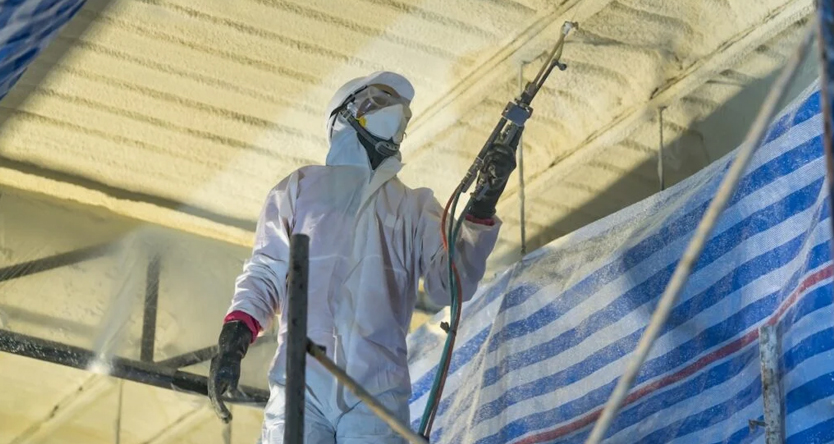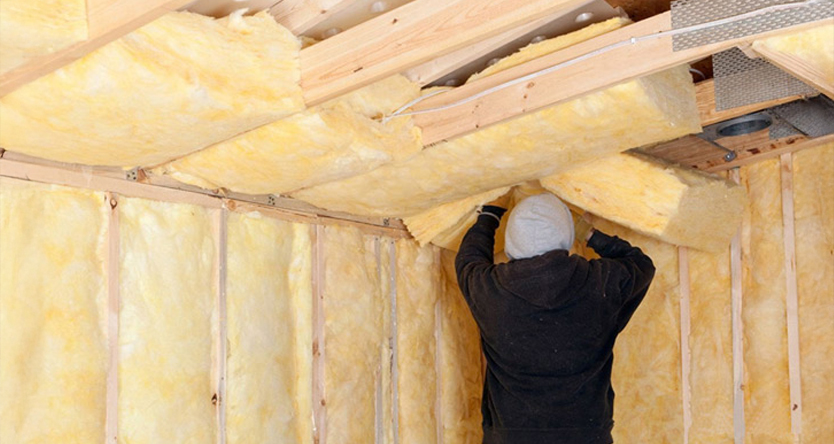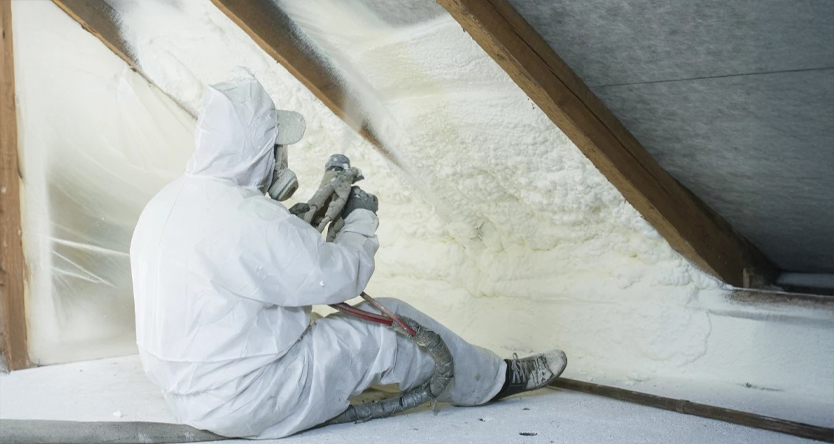When it is time to make your home warm and cosy and save energy, the roof plays a massive role that nobody even realises.
Heat can very easily escape in winter and seep in summer via the roof, a job which makes your heating and cooling system twice as active.
So what is the solution? Roof insulation.
Choosing the right roof insulation material isn’t just about picking the thickest or the most expensive option.
It’s about finding what suits your home, your climate, and your budget.
In this blog, we’ll explore how to choose the right roof insulation material for your needs, what to look for, and why it’s worth the investment.
1. Why Roof Insulation Matters
Before discussing the various materials, let us learn why roof insulation is so crucial.
Energy Efficiency
Insulation of roofs keeps the temperature of your home constant by limiting the flow of heat. What this does is that your home will be hot in winter and cool in summer without putting a burden on your air conditioner or heater.
Cost Savings
With less energy required to keep a room at a comfortable level, your bill can be greatly reduced. Paying for itself in the long run through saving, good insulation is well worth the money spent.
Comfort Year-Round
Insulation provides a more even indoor climate, eliminating those pesky hot and cold spots in the house.
Noise Suppression
Some are also sound insulators, and they muffle outside sounds, which is a very practical consideration if you’re residing in the city.
2. Types of Roof Insulation Material
There is no single answer for every house. Here is a longer review of the most widespread types of roof insulation materials in the market.
Bulk Insulation
Bulk insulation is the most popular option. It does this by trapping air in its structure, retarding the transfer of heat. It is available in batts, rolls, or boards, and is usually composed of materials such as glass wool, polyester, or wool.
- Pros: Simple to install, very low price, with effective thermal performance.
- Best for: Homes requiring ceiling and roof cavity insulation.
Reflective Foil Insulation
This kind of insulation is radiant, reflective and not heat absorbing. It is typically installed in warmer climate areas to cool down the house.
- Advantages: Lightweight, easy installation, and very efficient in cooling summer heat.
- Best suited for: Houses that receive direct sunlight or spots of heating.
Spray Foam Insulation
Spray foam is installed in the liquid state that expands into the cavity and effectively forms an impenetrable seal.
- Advantages: Great air sealing and insulation at the same time.
- Most suitable for: Curved ceiling spaces or where standard batts won’t fit.
Rigid Board Insulation
The boards are made of materials including polystyrene or polyisocyanurate. The boards have great thermal resistance and are suitable for new build and rebuild work.
- Advantages: Thin profile, great thermal resistance, and long-lasting.
- Suitable for: Tight spaces or flat roofs.
3. How to Choose the Right Material
When selecting the right roof insulation in Melbourne, several factors are considered. Let’s discuss them one by one:
Weather and Climate Conditions
The most important first one to consider is your area’s climate. For a hot-summer area, reflective foil insulation will be more beneficial. For cold areas, bulk insulation with greater R-values is best.
Your Roof Structure
Not all forms of insulation will be suitable for all roofs. A pitched roof may be the easy one to put batts on, while a flat roof may need rigid board or spray foam.
Budget and Long-Term Savings
Certain insulation products are more expensive upfront but pay back more energy over time. Consider long-term benefit over initial cost.
Ease of Installation
Others are simpler to install compared to others. In a DIY project, batts and rolls can be the easiest. Where the roof is more complicated, hire professional insulators in Melbourne who will take care of fitting.
Environmental Impact
Most individuals today opt for green insulation materials that are recycled or products derived from nature. It is a great idea to help reduce your carbon footprint when greenifying your home.
4. Most Common Errors to Avoid
Simplifying R-Values
The R-value is determined by the heat transfer resistance of the insulation. The higher the R-value, the higher the quality of insulation. Don’t mistake cost—always inspect the R-value.
Poor Installation
Even high-quality insulation material won’t perform so well if it is not properly installed. Compression, gaps, or improper placement can dramatically lower performance.
Overlooking Ventilation
Peak performance of insulation is when your roof is well-ventilated. Ventilation is not provided, and you can search for condensation issues, which might result in mould growth in addition to structural collapse.
Shortage of Professional Consultation
Insulation is selected by many individuals without seeking experts’ advice, and then they discover that it is not applicable in their building. Seeking advice from experienced insulation contractors in Melbourne saves you time and money in the future.
5. Benefits Beyond Energy Savings
Although money saved on energy is the most noticeable reason for roof-insulating your property, there are more benefits than this.
- Adds Value to Your Property: An insulated house is more appealing to potential homebuyers because it translates to cost savings and increased comfort.
- Enhances Indoor Air Quality: Proper insulation locks in indoor temperature and humidity levels, minimising the danger of mould growth.
- Permanent Comfort: Unlike makeshift solutions like portable fans or heaters, roof insulation is a one-time solution that rewards you with returns all year round.
For a deeper breakdown, check out our detailed guide on the Benefits of Roof Insulation.
Conclusion
It doesn’t necessarily have to be daunting to choose the perfect roof insulation in Melbourne.
You can really make an intelligent choice depending on your budget, climate, roof type, and future intentions by making a few intelligent decisions.
If you’re not sure where to begin, consult professional insulation installers in Melbourne who will assist you in the process and advise you on the perfect choice for your house.
We know at AA Insulation that it is confusing to select the correct roof insulation product, but it does not necessarily need to be.
The correct choice will make you more comfortable in your home, save on energy bills, and build equity for the long run. Our experts are available for new build or replacement to walk you through every step of the process.
FAQ’s
Is it possible to combine different types of insulation in one roof?
Yes, hybrid insulation is often recommended for tricky roofs or extreme climates. For example, reflective foil can be paired with bulk insulation to tackle radiant heat in summer while also retaining warmth in winter.
What impact does poor roof ventilation have on insulation performance?
Without proper ventilation, insulation can trap moisture, leading to condensation, mould, and even roof damage over time. This reduces the lifespan of both the insulation and the roof structure. Ensuring a balance of insulation and ventilation is key to maintaining energy efficiency.
How do insulation R-values differ for flat versus pitched roofs?
Flat roofs typically require higher R-values or denser materials because they are more exposed to direct heat and moisture issues. Pitched roofs, on the other hand, can achieve strong performance with bulk insulation batts or rolls since the design allows better air circulation.




